Technology is reaching new heights with every new innovation or “update”. Sky is the limit; with every innovation, the major objective is to create a life which is easy and comfortable.
There has always been a great interest held in studying about how humans and machines interact with one another.
One such recent innovation is “Cubimorph”
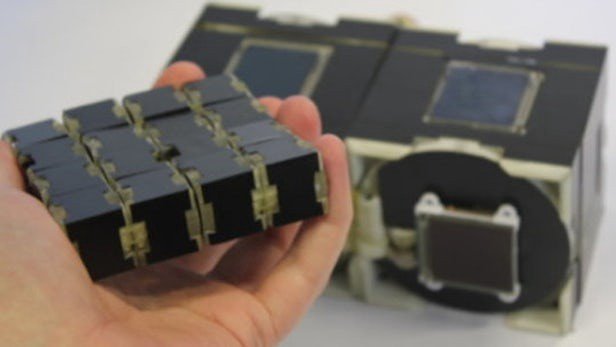
Developed and designed by researchers at University of Bristol, UK can do something incredible. Now, imagine yourself launching a game on your smart phone, and the device could automatically morph into the shape of a console. Now, if you received a call and needed to respond, it could transform back itself back into a phone.
According to the lead researcher Anne Roudaut “I am very interested in how, as humans, we manipulate things. When we see a bottle of water on the table, we know exactly how we can use our hand to grasp it, or if you see a door handle, you know exactly how to open the door.”
Doesn’t it sound right out of science fiction? Well it is not going to be fiction any more.
Cubimorph is a small modular device that can change into different shapes, depending on the desired function or even who is holding it.
This project was recently presented at International Conference on Robotics and Automation held in May 16–21.
Current devices involve folding display, but Cubimorph is different as it uses a modular approach to form three dimensional shapes. Each of the Cubimorph’s individual cube have touch screen embedded on all six sides, and they connect to each other with turntable-mountain hinges, allowing them to rotate in four directions to form any approximate 3D shape. The full image appears stretched across the mini screens, in a similar way to the multi-screen displays you see in public spaces.
According to Roudaut Cubimorph is the first step towards a real modular interactive device. A lot of work has to be done so as to provide it to the end user.
Cubimorph isn’t the only awe inspiring innovation in the newly developing field of shape shifting touch screens.
Imagine a surface that three dimensionally changes shape, allowing user to not only interact with digital content in real space time but also hold hands with someone hundreds of miles away through a screen; creepy at first but definitely interesting.
Created by Daniel Leithinger and Sean Follmer and overseen by Professor Hiroshi Ishii, the technology behind inFORM isn’t that hard to understand. It’s basically a fancy Pin screen, one of those executive desk toys that allows you to create a rough 3-D model of an object by pressing it into a bed of flattened pins. With inFORM, each of those “pins” is connected to a motor controlled by a nearby laptop, which can not only move the pins to render digital content physically, but can also register real-life objects interacting with its surface thanks to the sensors of a hacked Microsoft Kinect.
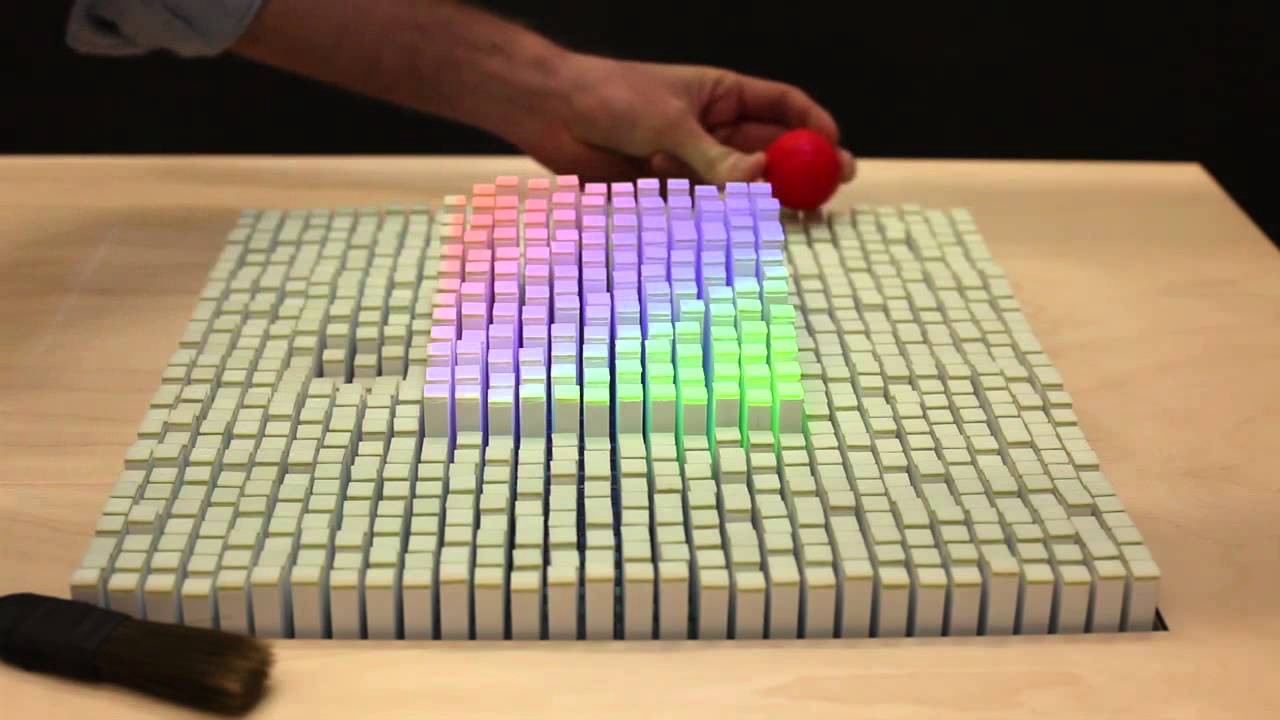
To put it in the simplest terms, the inFORM is a self-aware computer monitor that doesn’t just display light, but shape as well. Remotely, two people Skyping could physically interact by playing catch, for example, or manipulating an object together, or even slapping high five from across the planet. Another use is to physically manipulate purely digital objects. A 3-D model, for example, can be brought to life with the inFORM, and then manipulated with your hands to adjust, tweak, or even radically transform the digital blueprint.
Touch screens are everywhere but almost every one of us has faced some troubles while typing on it. Tactus, technology; a start-up from Fremont, California came up with an unique solution to this. They are prototyping touch-screen hardware with buttons that emerge when you need the feel of a physical keyboard and disappear when you don’t. The approach, in which a fluid-filled plastic panel and cylindrical fluid reservoir replace the usual top layer of glass, is among a crop of emerging technologies aimed at adding tactile feedback to make screens feel like old-fashioned keyboards.
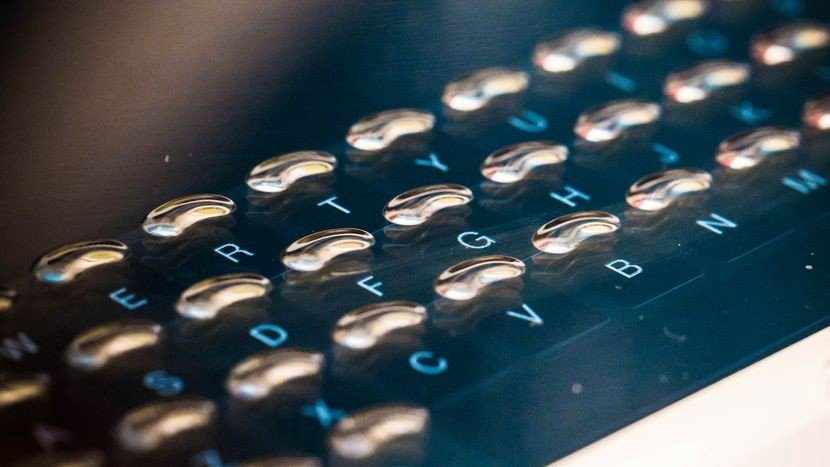
The company’s cofounder and chief technology officer, Micah Yairi, helped create a multi-layered panel that contains micro channels filled with proprietary oil. When signaled by, say, a person launching a text-messaging app, an actuator pumps additional fluid into the channels, and buttons rise up from an elastomeric cover. The user then depresses the button slightly to trigger the touch screen and enter the letter or number. When typing is done, the panel reverts to a flat screen for finger-swiping within one second.
Tactus, inForm and Cubimorph are just a miniscule part of this sci-fi field which is garnering a lot of popularity and interest from end-users as well as researchers. As time progresses, it doesn’t seem impossible for a world described in “Back To The Future” is impossible. We are nearing a time where this big wide world becomes a small place and everything in this world is held inside our smart-phones activated just by a tap.
As stated before; sky is the limit.
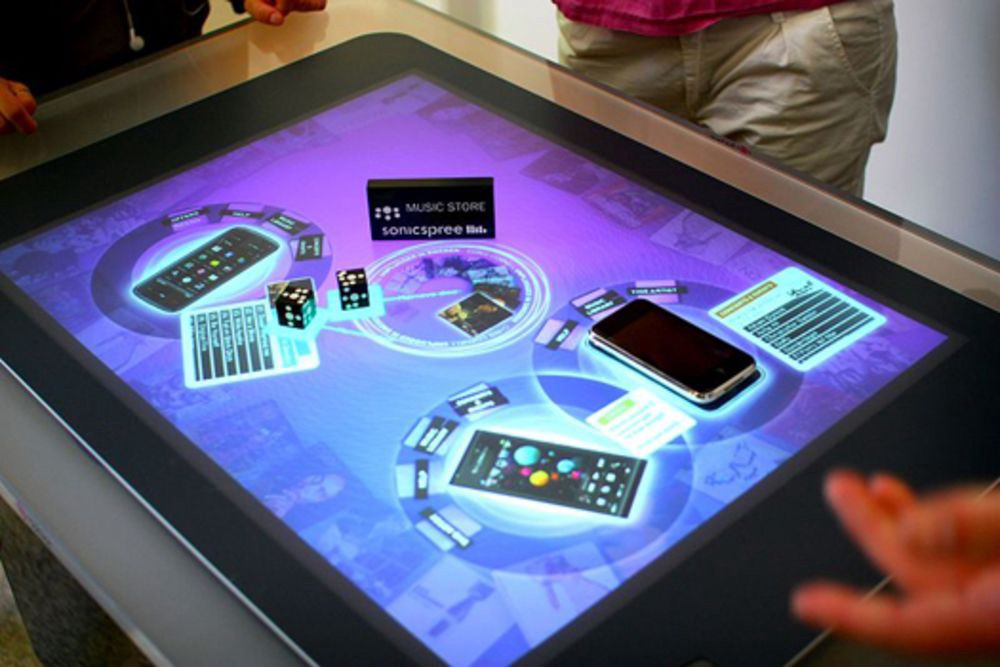


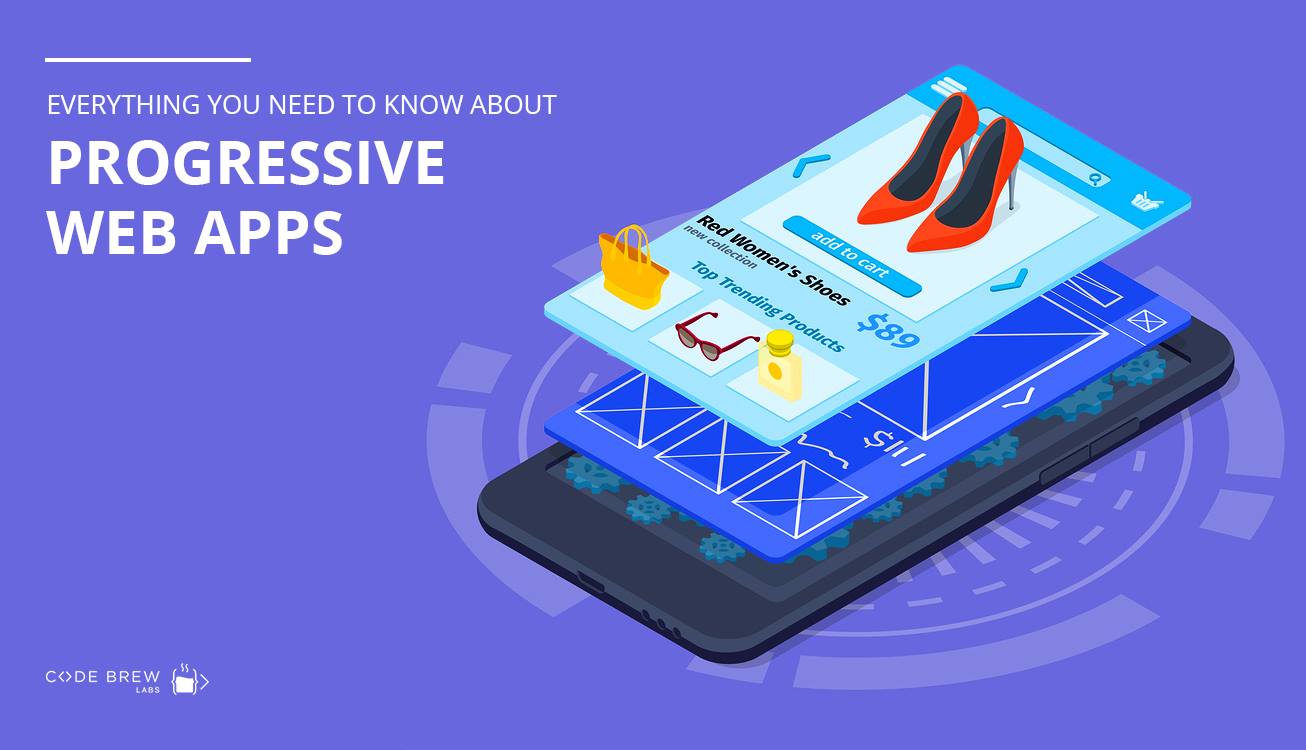


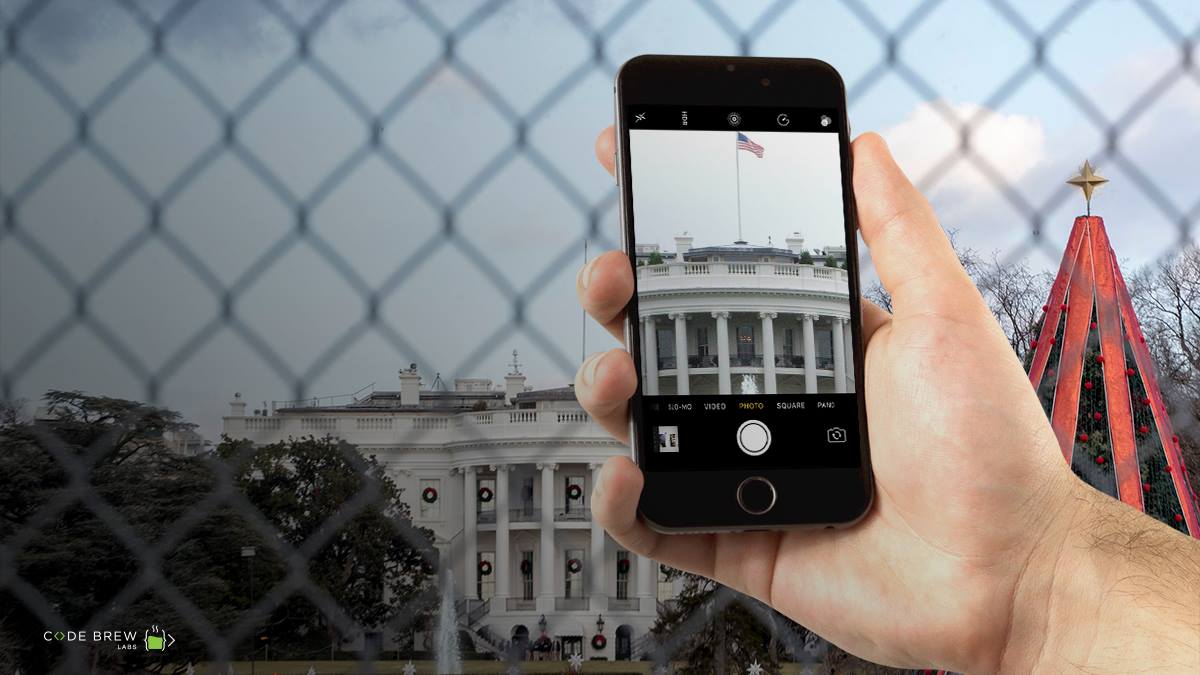
Very nice post. I just stumbled upoin your blog and wished to mention that I’ve
truly enjoyed browsing your weblog posts. After all I will be subscribing too your rss feed and
I’m hopping you write once more soon!